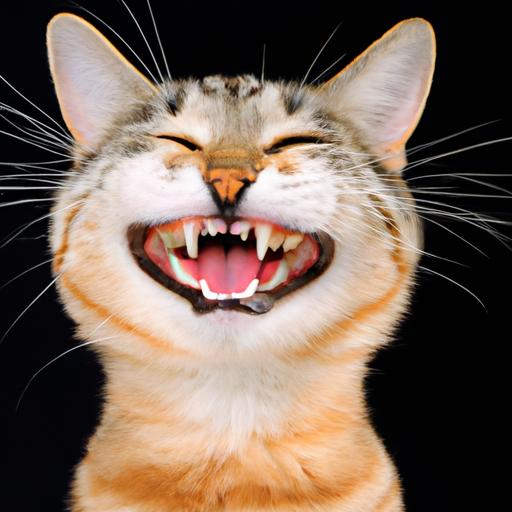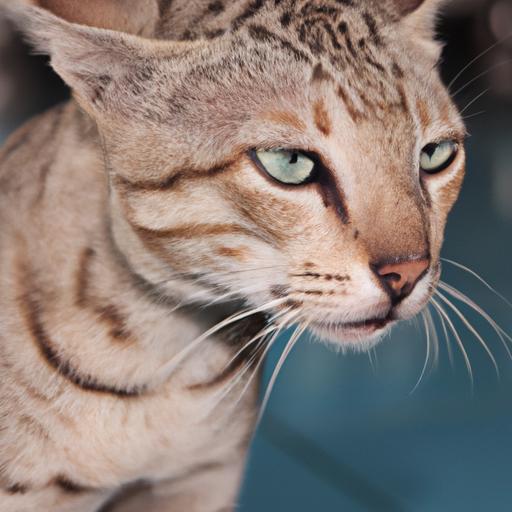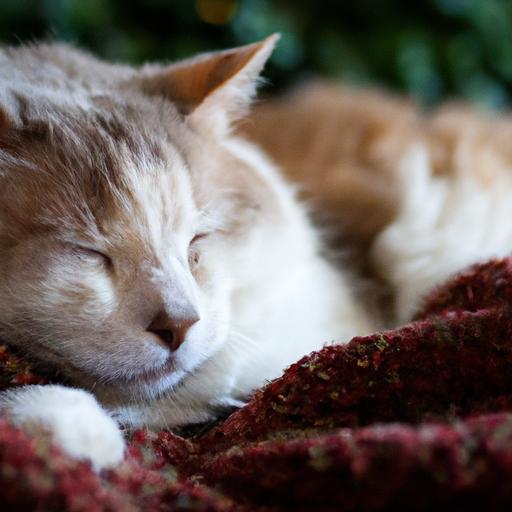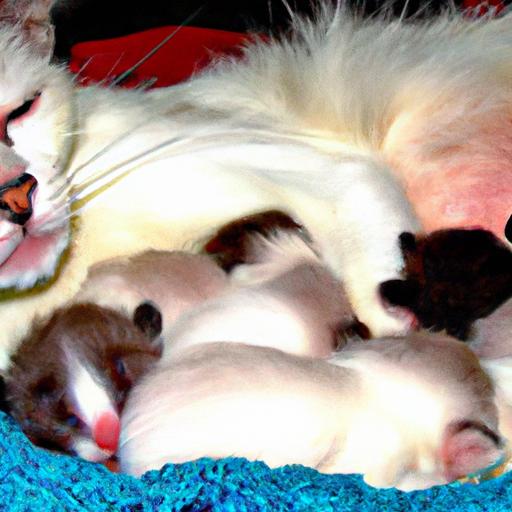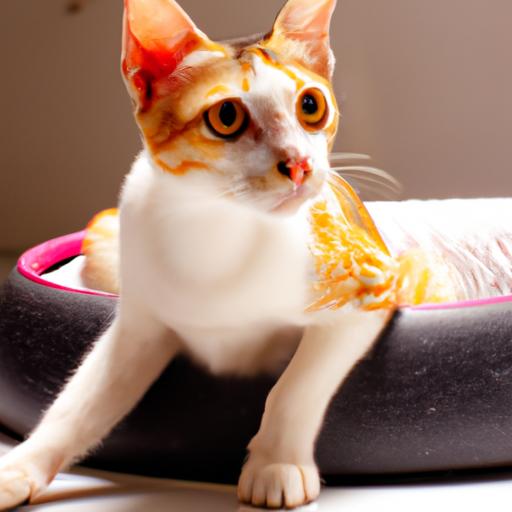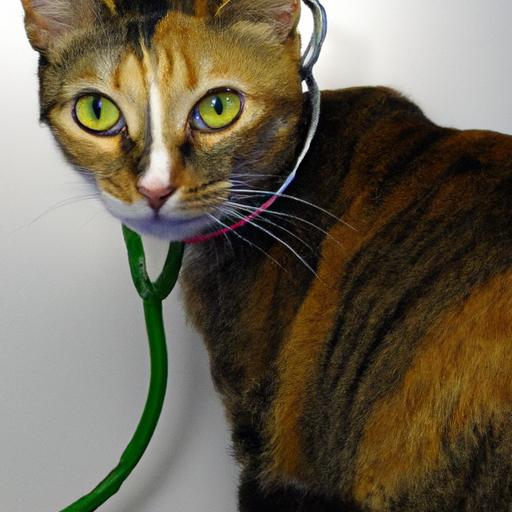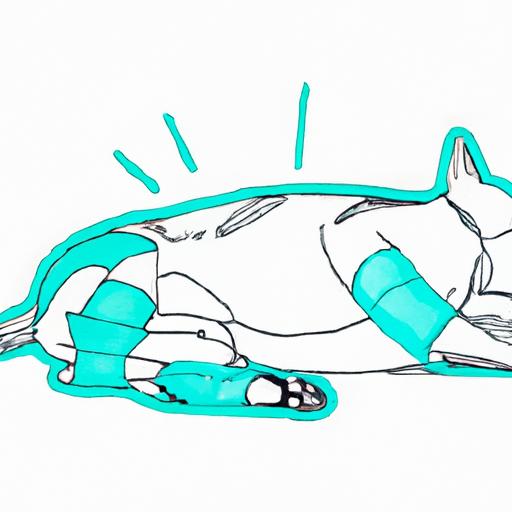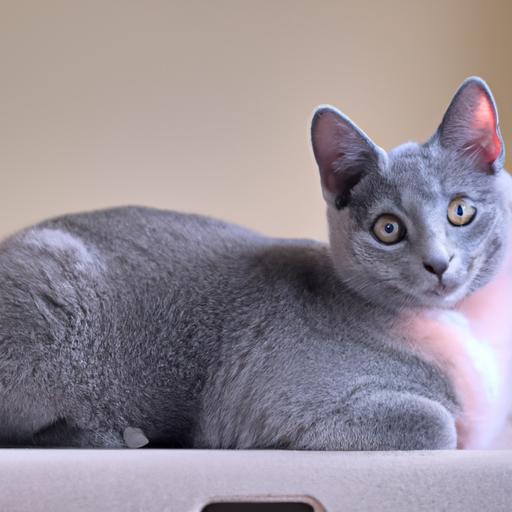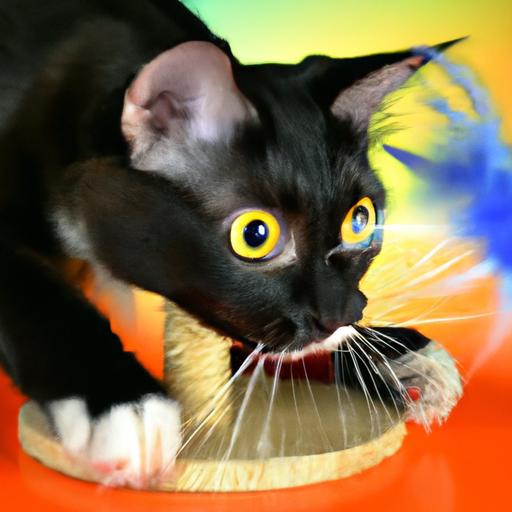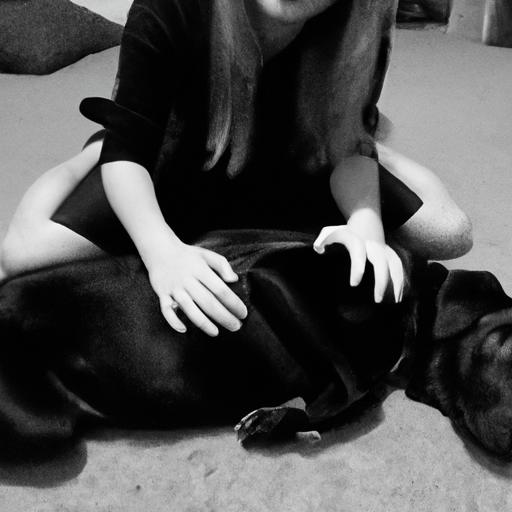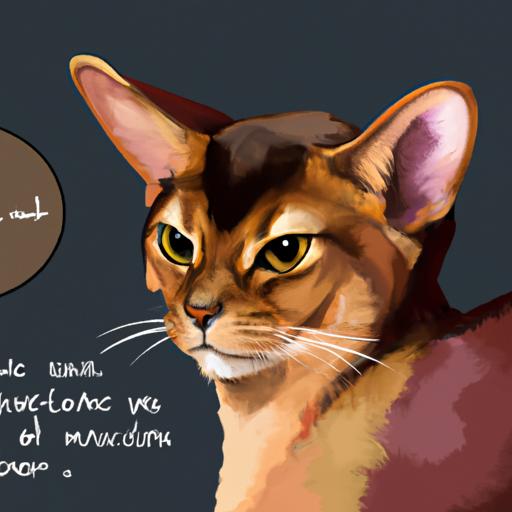
Understanding Feline Ocular Myasthenia Gravis
Discover the causes, symptoms, diagnosis, and management of feline ocular myasthenia gravis. Gain a deeper understanding for better cat care.
Introduction
As cat owners, we strive to ensure our feline companions live healthy and fulfilling lives. However, there are certain conditions that can affect their well-being, one of which is feline ocular myasthenia gravis. In this article, we will delve into the intricacies of this condition, exploring its causes, symptoms, diagnosis, and management. Understanding feline ocular myasthenia gravis is crucial for providing the necessary care and support to our beloved cats.
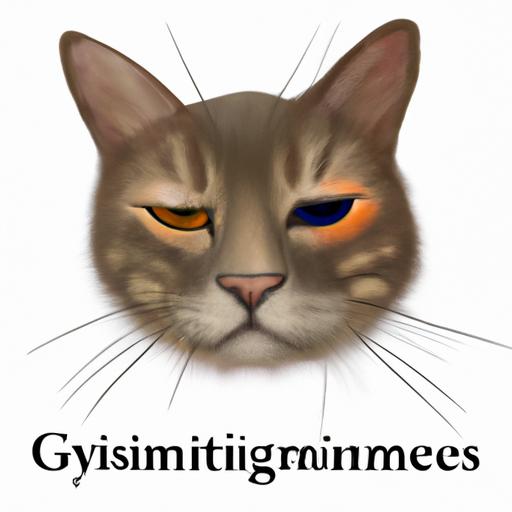
Understanding Feline Ocular Myasthenia Gravis
Feline ocular myasthenia gravis is a specific form of myasthenia gravis that primarily affects the muscles responsible for eye movement in cats. To comprehend this condition fully, let’s first understand what myasthenia gravis is. Myasthenia gravis is an autoimmune disorder that occurs when the body’s immune system mistakenly attacks the receptors responsible for receiving signals from the nerve cells to the muscles.
In cats, ocular myasthenia gravis manifests as weakness and fatigue in the muscles surrounding the eyes, leading to impaired eye movement and, consequently, vision problems. While the exact cause of feline ocular myasthenia gravis remains unknown, it is believed to have both genetic and environmental factors. Certain cat breeds, such as the Abyssinian and Somali, may be more susceptible to developing this condition.
Symptoms and Effects on Vision
Identifying the symptoms of feline ocular myasthenia gravis is crucial for early detection and intervention. Some common signs include drooping of the eyelids (ptosis), squinting (blepharospasm), difficulty tracking objects, and overall weakness and fatigue in the eye muscles. These symptoms can significantly impact a cat’s vision, leading to blurred vision, double vision (diplopia), and even the inability to focus on objects.
Diagnosis
Diagnosing feline ocular myasthenia gravis requires a comprehensive evaluation by a veterinarian. The veterinarian will perform a thorough physical examination, assess the cat’s medical history, and conduct specific tests to confirm the presence of the condition. These tests may include blood tests, electromyography (EMG), and the Tensilon test, which involves administering a medication to observe any improvement in muscle strength.
FAQ (Frequently Asked Questions)
Let’s address some frequently asked questions about feline ocular myasthenia gravis.
Q: What are the common signs of feline ocular myasthenia gravis?
A: Common signs include drooping eyelids, squinting, difficulty tracking objects, and weakness in the eye muscles.
Q: Are certain cat breeds more susceptible to this condition?
A: Yes, certain cat breeds like Abyssinians and Somalis may have a higher predisposition to developing feline ocular myasthenia gravis.
Q: Can ocular myasthenia gravis lead to total blindness in cats?
A: While ocular myasthenia gravis primarily affects the eye muscles, it can lead to severe vision impairment. However, complete blindness is rare.
Q: Is there a cure for feline ocular myasthenia gravis?
A: Currently, there is no cure for this condition. However, with appropriate management and treatment, cats can lead a comfortable life.
Q: Can this condition be prevented or managed?
A: Prevention is challenging since the exact cause is unknown. However, early detection, proper veterinary care, and medication can help manage the symptoms and improve the cat’s quality of life.
Conclusion
Understanding feline ocular myasthenia gravis is essential for providing the best possible care to our feline friends. This condition, although currently incurable, can be managed with appropriate veterinary intervention. By recognizing the symptoms, seeking timely diagnosis, and following the recommended treatment plan, we can ensure that our cats live comfortably despite the challenges posed by feline ocular myasthenia gravis. Let’s continue to support ongoing research and advancements in veterinary medicine to improve the lives of our beloved feline companions.
Remember, if you suspect your cat may be experiencing symptoms associated with feline ocular myasthenia gravis, consult a veterinarian for a proper evaluation and guidance. Together, we can make a difference in the lives of our furry friends.
